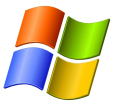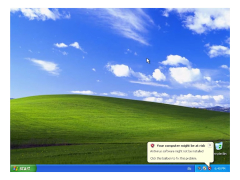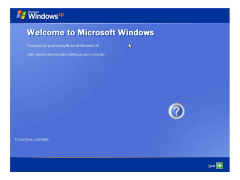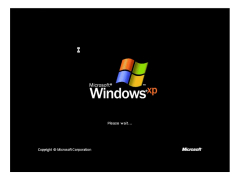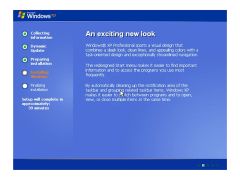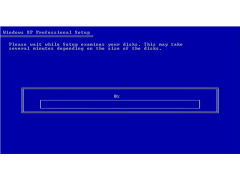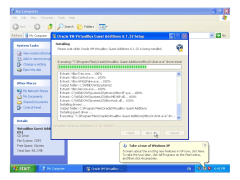Windows XP is a legendary operating system from Microsoft, which is one of the most successful products of the company. Even nowadays, it is still in demand, despite the problems of compatibility with modern software and hardware. The first version of Windows XP was released back in 2001, and in the heyday it occupied about 80% of the entire market. And because of the frank failure of Windows Vista, XP has not lost its relevance over the past decade. Already after the release of Windows 7 in 2009, users began to migrate to the new version of the operating system.
Compared to its predecessor, Windows 2000, it has a completely redesigned and quite progressive (by the standards of the time) interface. But besides the changes concerning appearance, Windows XP has seriously "grown" and in terms of functionality. For the first time, it provides the possibility of creating system recovery points, additional possibilities of computer control via the command line, built-in terminal server, as well as native support of a huge number of digital formats (images, videos, music). Serious changes have also affected the built-in software: Windows Media Player, Internet Explorer and Windows Movie Maker.
One main benefit of using Windows XP is its user-friendly interface that simplifies computer navigation for novice and advanced users alike.
Three years later, Microsoft released Service Pack 2 (SP2) for Windows XP, which fixed a lot of bugs, improved compatibility, and added important features to the system that were missing from the original operating system, such as support for Wi-Fi and Bluetooth interfaces. Another four years later, the last major update, Service Pack 3 (SP3), was released, touching on the security and performance aspects of the operating system.
- a completely renewed graphic shell, made in quiet tones and with the use of rounded shapes;
- new possibilities of computer control via the command line;
- NAP (Network Access Protection) network access protection, which protects the local network by assessing the security of the connected systems;
- support for Wi-Fi Protected Access (WPA2) security standard;
- Windows Firewall - significantly improved firewall, allowing you to control access to the network programs;
- Update your Outlook Express mail client, Internet Explorer browser, Windows Media Player and other related software;
- A single Security Operations Centre designed to monitor the security of the operating system;
- Built-in support for a huge number of file formats.
PROS
User-friendly interface, easy navigation.
Highly compatible with various software and applications.
CONS
Lacks modern features and interface found in newer operating systems.
Incompatibility issues with newer applications and hardware.


